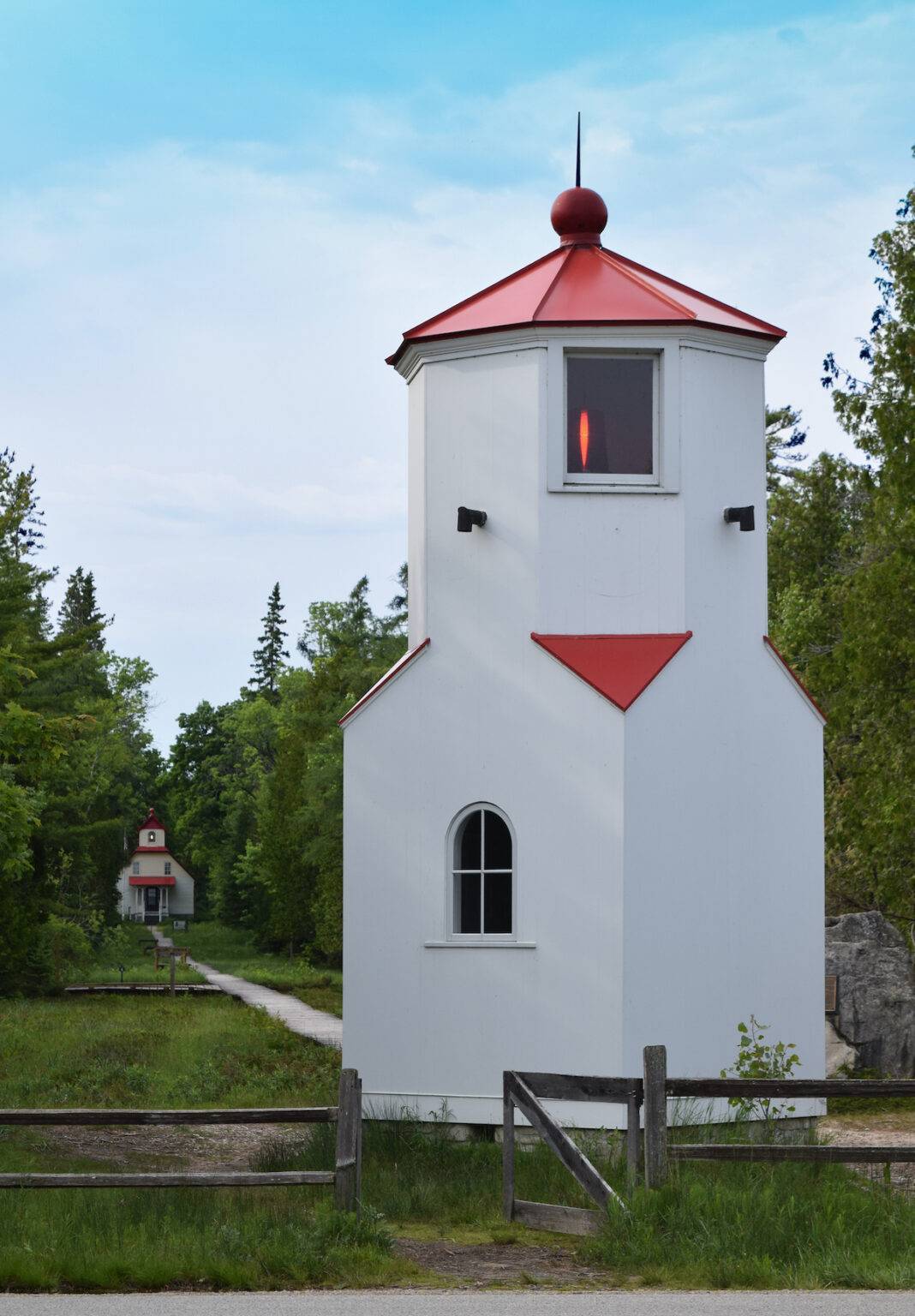The Ridges Sanctuary began as one botanist’s initiative to protect orchids. Nearly a century later, the land trust remains one of the most biologically diverse ecosystems in the entire Midwest.
In the 1930s, Albert Fuller frequently made the 175-mile trek from his post as curator of botany at the Milwaukee Public Museum to Door County, Wisconsin. A rare ecosystem that supported 26 different orchid species was the draw. When a developer wanted to build a trailer park on the beloved orchid habitat that Fuller loved, he spearheaded an effort to develop Wisconsin’s first land trust. Now Wisconsin has more than 50 of these nonprofits that conserve and steward land.
Since its inception 85 years ago, the Ridges Sanctuary has grown from 30 to 1600 acres. It’s still protecting the orchids beloved by Fuller, as well as the ridges and swales ecosystem carved out by 1,100 years of Lake Michigan waves. As I walk through the preserve in the late summer, I can mostly identify the tree-topped ridges and the boggy swales, about six feet lower. But it’s much easier to see the rippled pattern in an aerial photograph. A collection of these features — wetlands, ridges, and swales, and the southernmost boreal forest — combine to make the Ridges one of the most biologically diverse ecosystems in the entire Midwest. As director of operations Katie Krouse explains, orchids have very specific soil requirements as far as type, temperature, moisture, and pH levels, plus preferences for certain light diffusions. “They also need a fungus that lives among its root system so that when the orchid goes to germinate, it uses that fungus as food,” she says as we stand on a volunteer-built boardwalk, listening to birdsong. “So it has all these weird relationships it needs in order to be well-supported.”
In 2014, staff established an orchid restoration project focused on the threatened ram’s head lady’s slipper. They’ve planted 2,500 of this orchid type in 20 separate plots around the sanctuary and are analyzing data to better understand where these flowers thrive. “We can’t ‘garden’ these plants throughout a 1600-acre sanctuary,” Krouse said. “But we can figure out, okay, they like these conditions. And then we’re going to outplant them there to restore the population of this threatened species.”
Another Ridges superstar, the federally endangered Hine’s emerald dragonfly, has its largest remaining populations around the sanctuary. The thick black dragonfly, with yellow-barred thorax and enormous emerald eyes, relies on the Ridges’ crayfish. During the dragonfly’s four-to-five-year nymph stage, it escapes cold winter weather below the freeze line, sequestered in mucky crayfish burrows. In hot summers, it again steals down to the burrows to escape drought. Without these crayfish homes, the nymphs wouldn’t survive their five short but glorious weeks of flight as adults.The Ridges is a beautiful place to visit year-round, hiking or snowshoeing the trails with a guide or on your own. Visiting here and contemplating Albert Fuller’s commitment to preservation might make you yearn to start your own land trust. It’s complicated legally to set up, but not impossible — there are now 461 accredited land trusts in 46 US states. For more information, check out the Land Trust Accreditation Commission’s site.


